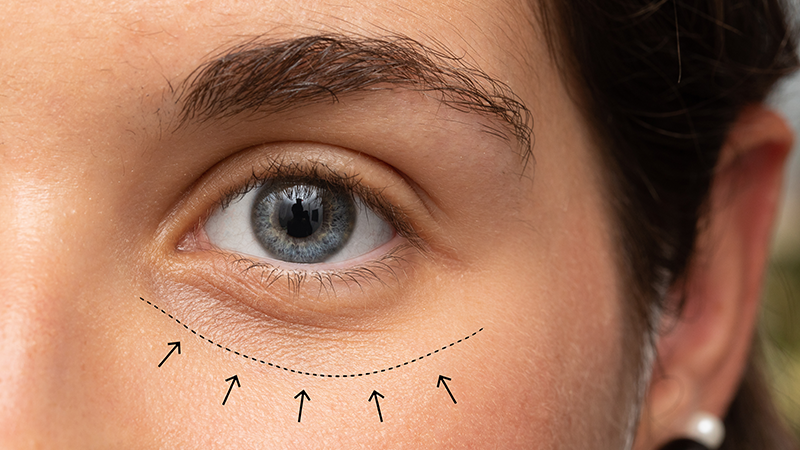Oculoplastic surgery focuses on the treatment of the eyelids, eyebrows, tear drainage system, eye socket, and surrounding facial structures including bones and soft tissue. Oculoplastic surgeons treat a variety of conditions ranging from cosmetic enhancement surgeries or injections to medically necessary functional surgeries to improve the health of the eye and preserve vision. Bailey Weber Wisner’s Dr. Charlotte Marous outlines the different types of oculoplastic surgery, plus shares information on when to seek care and what to except during recovery.
What are some of the common types of oculoplastic surgery?
Oculoplastic surgeons treat a myriad of conditions ranging from aesthetic concerns to functional problems in patients of all ages. Some of the most common procedures performed include droopy eyelid correction (blepharoplasty or ptosis repair), eyebrow lifts, repair of eyelid malposition and tightening, and tear duct surgery. Oculoplastic surgeons also perform excisions of lumps and bumps around the eye such as cysts, chalazions/styes, skin cancers, vascular malformations, and even larger tumors inside the orbit behind the eyes. Sometimes patients are referred with blind painful eyes, nonhealing corneal ulcers, or endstage ocular disease which can be treated with removal of the eye and reconstruction of the socket with an implant and prosthetic to improve both pain and cosmesis. Oculoplastic surgeons often work with neurosurgery and ENT surgeons to treat infections, inflammation, tumors, and facial trauma (lacerations, facial bone fractures) that may involve structures surrounding the eye socket, such as the adjacent paranasal sinuses and brain. They can help manage thyroid eye disease, a common condition impacting vision, with both medical therapies (Tepezza, steroids) and surgical approaches (orbit decompression or eyelid retraction repair). Lastly, they offer injections of botulinum toxin to treat facial spasms and cosmetic concerns, as well as hyaluronic acid filler to improve facial balance.
When should you see an oculoplastic surgeon?
According to Dr. Marous, “You should seek a referral for evaluation by an oculoplastic surgeon from your primary ophthalmologist if you have concerns that your eyebrows or eyelids are causing difficulty with your vision, if you feel your eyes are bulging out suddenly, if you have constant tearing unrelieved by conservative measures, or if you have lesions on your lids that are growing in size, color, shape.
What is the recovery period for oculoplastic surgery?
Depending on the procedure, recovery from surgery usually involves 1-2 weeks of significant bruising and swelling, which improves over the subsequent weeks. Pain is often minimal to nonexistent, and managed with over the counter pain relievers in most cases. The majority of patients feel most comfortable taking one week off from work and all patients are advised to refrain from lifting heavy objects over 10 lbs. or bending down for two weeks. By post-operative month one, patients are able to start wearing makeup again and are looking quite good, however full healing can take up to 3-6 months.
